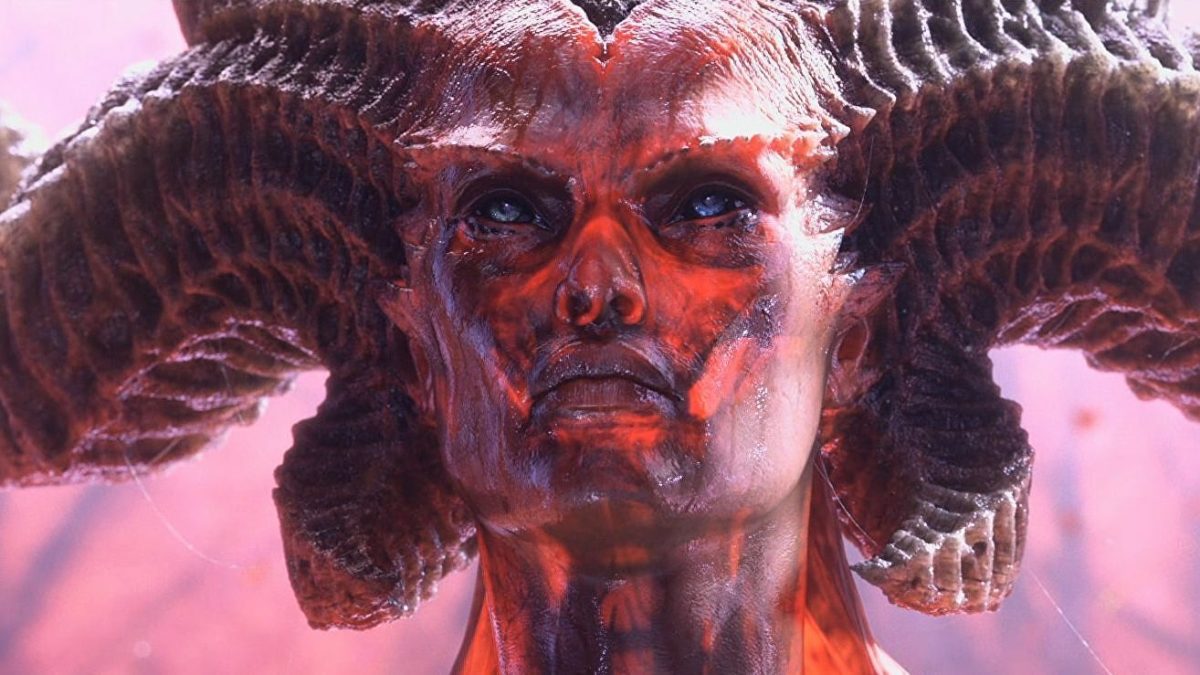A YouTuber has spent more than $22,000 digitally purchasing every Wii U and 3DS game ahead of their Nintendo eShop shutdowns next week.
As reported by VGC, The Completionist uploaded a video sharing the endeavour which took 328 days to complete. Including DSi Ware, the Virtual Console, and DLC, the project saw 866 Wii U and 1,547 3DS games purchased in total.
The completed project, totalling a Wii U with three external hard drives and a 3DS with four micro SD cards, will be donated to the Video Game History Foundation to preserve the digital offerings that will otherwise cease to exist when the stores shut down on March 27.
The Completionist spent $22,791 spread across 464 eShop cards, which amassed to 1.2 terabytes of Wii U games and 267 gigabytes of 3DS, translated to 2,136,689 blocks (Nintendo’s own data measurement system).
These incredible numbers were just half the battle for The Completionist, however, as the Nintendo eShops of old don’t run as smoothly as the Switch’s version. The software is clunkier, slower, has limited search functionality, and even adding funds can get complicated.
Limits to purchasing eShop gift cards exist to prevent scams and such, meaning The Competionist’s team had to visit a ton of different stores to acquire the amount needed. The eShop also has $250 cap, meaning only so much could be added at a time before they had to start buying games.
Additionally, only around ten games could be purchased at a time before the 3DS forces users to download them, and it also restricts the total spend per day. Purchasing DLC on the 3DS must also be done in-game, with some games requiring partial or total completion before any additional content can be purchased.
The Competionist explains every hiccup in the video, but needless to say the process wasn’t plain sailing.
For those who do still have their Wii U or 3DS, be sure to purchase anything left on the wishlist ahead of March 27. IGN has compiled lists of the best Wii U games, which includes Super Mario Maker and The Legend of Zelda: The Wind Waker HD, and the best 3DS games, which includes Fire Emblem Awakening and Bravely Default.
Ryan Dinsdale is an IGN freelancer and acting UK news editor. He’ll talk about The Witcher all day.


 Diablo 4’s beta, closed to all except an elite cadre of press, pre-orderers, and, uh,
Diablo 4’s beta, closed to all except an elite cadre of press, pre-orderers, and, uh, 
 and possess everyday items to solve puzzles. It’s aiming for a PC release next year, and it just looks delightful.</p><p><a href=) Read more
Read more